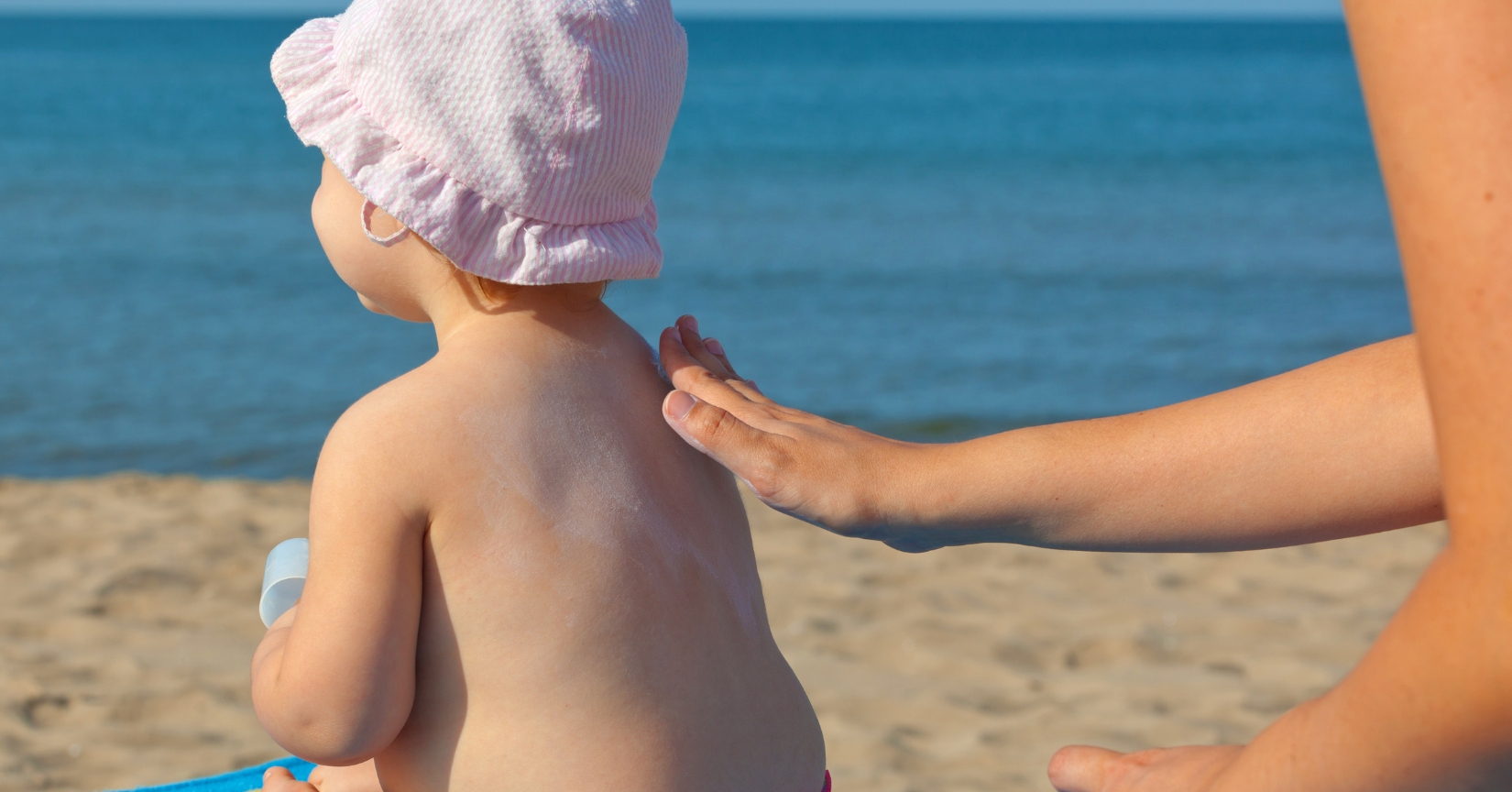Being a parent comes with a lot of choices. One of them might be whether or not to use sunscreen on your baby.
It’s a valid question. I mean, we want to protect our little ones from the harsh sun, but is it safe?
Well, the answer isn’t a simple yes or no. It involves some considerations and a dose of knowledge.
That’s why I’ve put together these 5 tips. If you’re unsure about using sunscreen on your baby, this list will help you make an informed decision.
Let’s dive in, shall we?
1) Know the right age to start using sunscreen
The first thing you should know is when to start using sunscreen on your baby. According to the American Academy of Pediatrics, it’s generally recommended that babies under six months old should avoid direct sun exposure whenever possible. Their skin is extremely delicate and vulnerable to the sun’s harsh rays.
Instead, use other forms of sun protection such as shade, clothing, and hats. But, if avoiding the sun is not possible, applying a minimal amount of sunscreen to small areas like the face and back of hands is considered acceptable.
Once your baby reaches six months of age, you can begin to apply sunscreen more liberally. At this stage, their skin has developed enough to handle sunscreen without adverse reactions.
2) Choose a sunscreen specifically designed for babies
When I first became a parent, I was overwhelmed by the myriad of choices available when it came to baby products. Sunscreen was no exception.
There were so many brands, each boasting different features and benefits. But my pediatrician gave me some invaluable advice – “Choose a sunscreen specifically designed for babies”.
Why? Because sunscreen for babies is formulated differently than those for adults. It’s typically gentler, hypoallergenic, and free from certain chemicals that could potentially irritate a baby’s sensitive skin.
I remember trying out a few brands before finally finding one that worked best for my little one’s skin. It was a mineral-based sunscreen, perfect for my baby’s sensitive skin and easy to apply.
This personal experience taught me that not all sunscreens are created equal, and it’s crucial to choose one that caters specifically to your baby’s delicate skin.
3) Always do a patch test
Even when you’ve picked out the perfect sunscreen for your baby, it’s essential not to slather it all over their skin right away.
Why? Because as we’ve established, a baby’s skin is incredibly sensitive. Even products designed for babies can sometimes cause irritation or allergic reactions.
So what’s the solution? A patch test.
Related Stories from Careful Parents
A patch test is simply applying a small amount of the product to a small area of your baby’s skin and waiting for 24 hours to see if there’s any reaction. This can help you identify any potential issues before you apply the product all over your baby’s body.
It’s always better to be safe than sorry when it comes to your baby’s skin health.
4) Apply sunscreen correctly
Once you’ve selected the right sunscreen, you need to apply it correctly to ensure optimal protection. It’s recommended to apply sunscreen generously and evenly on all exposed skin. Don’t forget about often overlooked areas such as the back of the ears, the back of the neck, and the tops of the feet.
Apply sunscreen 15 to 30 minutes before sun exposure to allow the ingredients to fully bind with the skin. Remember to reapply at least every two hours, or immediately after your baby gets wet or sweats significantly.
When applying sunscreen on your baby’s face, be careful not to get it in their eyes or mouth. You can use a stick or gel formula for better control around these areas.
Using enough sunscreen is important. For an average-sized baby, you’ll need at least one ounce of sunscreen (about the size of a shot glass) to cover their body adequately.
5) Apply sunscreen even on cloudy days
I’ll never forget the day we took our little one to the park. It was a cloudy day, and I thought it was safe to skip the sunscreen. By the end of the day, my baby’s skin had a slight pink tint to it. I was horrified.
Cloudy days can give a false sense of security. But the truth is, up to 80% of the sun’s harmful UV rays can penetrate your skin even on cloudy days.
That day was a wake-up call for me. Regardless of the weather, I made sure to apply sunscreen on my baby every time we stepped out.
Don’t let an overcast sky fool you. Always protect your baby’s skin, come rain or shine. And it’s not just about preventing sunburn but also reducing the risk of long-term sun damage.
Balancing Sun Exposure and Vitamin D Synthesis
While protecting your baby from the harmful effects of sun exposure is crucial, it’s also important to keep in mind that sunlight plays a vital role in vitamin D synthesis. Vitamin D is essential for bone health and immune function, among other things.
Babies generally get enough vitamin D from breast milk or formula during their first few months. However, as they grow and start eating solid food, some additional sun exposure can help boost their vitamin D levels.
The key is to strike a balance. Brief, controlled exposure to sunlight – typically a few minutes on the hands and face, a couple of times a week – can be enough for vitamin D synthesis without causing skin damage.
It’s not necessary for your baby to be in direct sunlight to synthesize vitamin D. They can still produce it even in the shade or on a cloudy day.
Always consult with your pediatrician or a health professional to determine the best approach for your baby’s individual needs. Protecting your baby’s skin from harmful UV rays while ensuring adequate vitamin D synthesis is part of a holistic approach to their overall health.







